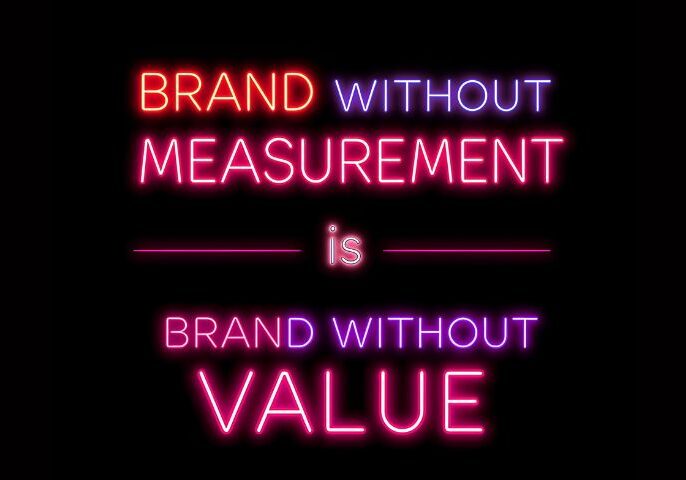Charities often celebrate new corporate “partnerships” with pride. A cheque is received, a logo is added to the website, and the board hears that a business is now deeply invested in the mission. Yet in reality, many of these relationships are little more than transactions. A company secures brand visibility and a feel-good story for its clients, while the charity gains a modest sum of money. The danger lies not in accepting the support, but in overstating its meaning.
When transactional sponsorships are dressed up as strategic alliances, leadership teams operate under an illusion. They believe external backing is stronger than it really is, and that income is more secure than the short-term marketing spend it often represents. This mismatch of expectations – charities calling it partnership, companies calling it sponsorship – creates vulnerabilities that surface the moment budgets shift or priorities change.
At the same time, many nonprofits roll out the red carpet for corporate sponsors while overlooking the individuals who quietly give year after year. A single sponsorship cheque can eclipse the loyalty of donors who contribute more in the long run, warping strategy and attention. In 2024, the UK public donated an estimated £15.4 billion, a reminder that individual giving remains the backbone of charitable income.
None of this is to say sponsorships are without value. They provide visibility, resources, and opportunities for new connections. But confusing them with partnerships risks complacency. True partnerships involve shared purpose, co-designed initiatives, and accountability for impact; qualities that go far beyond a logo exchange.
This distinction is not new, but it is becoming more urgent. As explored in “The Future of Sponsorship: Purpose, Partnership, and Impact,” businesses are under increasing pressure to demonstrate authentic engagement with social issues. Charities that understand the distinction between transactions and transformations will be best positioned to establish and maintain corporate relationships that endure.
The Illusion of Corporate Partnership
Charities understandably want to showcase their successes. Corporate logos on annual reports and event banners convey a sense of validation. Yet there is a significant difference between a business that writes a one-off cheque for exposure and one that commits to tackling a social issue alongside you.
With giving from major businesses declining in real terms, overstating such relationships may lead boards to believe corporate income is more reliable than it is. FTSE 100 companies donated £1.82 billion to charity in 2023, down 34% in real terms over the past decade despite rising profits. When sponsorships are treated as secure partnerships, organisations risk building strategy on unstable ground.
Transactional Versus Transformational
Transactional support typically includes:
- Buying a gala table or sponsoring an awards dinner.
- Logo placement on event materials.
- One-off donations tied to PR campaigns.
Transformational partnerships are different:
- Alignment with the company’s CSR or ESG strategy.
- Co-created initiatives addressing community needs.
- Employee volunteering, pro bono work, and long-term staff engagement.
- Shared accountability for social impact outcomes.
The Consequences of Confusing the Two
Several risks emerge when transactional relationships are inflated into partnerships:
- Strategic blind spots: Boards often assume that relationships are deeper and more sustainable than they actually are.
- Neglect of loyal donors: Individuals giving steadily year after year are overshadowed by one-off cheques.
- Reputation at risk: When a “partner” disappears after 12 months, trust and credibility can take a hit.
- Missed opportunities: Companies increasingly want measurable, authentic impact. By treating sponsorships as ends in themselves, charities fail to build what corporates are actually seeking.
What True Partnership Looks Like
True corporate partnerships are founded on a shared purpose and mutual accountability. They involve staff engagement, long-term commitments, and programmes designed to achieve measurable change. Two recent UK examples show what this looks like in practice.
- Landsec Futures: In 2023, property group Landsec launched Landsec Futures, a social mobility programme aiming to support 30,000 people from underrepresented backgrounds into employment by 2030. Instead of one-off donations, the partnership model includes bursaries, employability initiatives, volunteering, and mentoring. Grants are decided with input from the local community, creating alignment between corporate resources and real needs. This is partnership in action, a structural, ongoing, and long-term collaboration designed for outcomes.
- Skipton Group’s Giving Programme: Skipton Group has committed 1% of its pre-tax profits to charitable causes, equating to at least £3 million in 2023 alone. Rather than scatter funding across small donations, Skipton has defined three strategic pillars: housing, fuel poverty, and financial education. Members are directly involved in selecting supported charities, while CAF helps ensure impact is measured and transparent. The model demonstrates accountability, alignment, and long-term commitment.
These examples highlight the difference between transactional marketing spend and genuine partnership. Both companies have shifted resources, strategy, and governance to ensure their involvement is more than symbolic.
Shifting the Approach
For charities wanting to move beyond sponsorships:
- Audit your relationships – segment transactional supporters from those with potential for partnership.
- Be honest with your board – sponsorship is valuable, but it is not equivalent to a partnership.
- Value individuals properly – regular donors remain the financial backbone of the sector.
- Prioritise alignment – seek out companies whose CSR or ESG goals overlap with your mission.
- Invest in cultivation – partnerships take time, trust, and ongoing investment to build.
The Bigger Picture
Corporate sponsorship has a role. It brings visibility and can generate valuable short-term funds. But it should not be confused with partnership. In the UK, where corporate giving is declining in real terms while public giving remains strong, charities must be cautious not to mislead themselves or their boards about the depth of their external support.
The organisations that thrive will be those that distinguish between transactions and transformations, valuing both but investing most in the latter. Transactions keep the lights on. Partnerships change lives.
Understanding the distinction between sponsorship and partnership is the first step. The next step is building corporate relationships that are designed to endure. If you’re ready to shift from transactions to transformations, let’s start that conversation.






